The Qatar Foundation (QF) has introduced an accessibility guide to assist travelers with disabilities in exploring Qatar, reflecting its dedication to accessibility and support for Qatar’s ambition to organize the most accessible FIFA World Cup to date.
The Qatar for All guide, which is available in a variety of formats, including text-only and braille editions, is entirely based on the opinions and firsthand accounts of Qatari people with disabilities. It is broken down into six areas, including: cultural experiences, parks and leisure, community activities, FIFA World Cup experience, transportation, and valuable information, and it has more than 30 attractions and experiences.
The inspiration behind developing the guide was to make accessibility-specific information easily available so guests can get the most from their time in Qatar while minimising the effort in looking up accessibility-related information. “QF is committed to enhancing accessibility and providing inclusive opportunities for everyone to explore and benefit from,” said Mayan Zebeib, Chief Communications Officer, Qatar Foundation.
“Our World Cup campaign – It’s Only Football if it’s For All – is centred around accessibility, while our website meets international accessibility guidelines and is now MADA-certified, and all our major events now have sign interpretation. This inclusive guide that aims to help everyone – regardless of their abilities – discover Qatar is our latest step in making Qatar a more accessible nation, empowering people of all abilities, and creating a culture where differences are celebrated.
“We hope that the increased awareness around accessibility catalysed by the FIFA World Cup Qatar 2022 will provide momentum to drive a culture of accessibility across the country, making it a permanent part of our social fabric.”
Accessibility is not disability-exclusive, and neither is the guide. It can be used by anyone and everyone, including elderly individuals with limited mobility, families with young children in pushchairs, and those who prefer multi-sensory experiences.
The guide outlines precisely what kind of accessibility measures are available at the various places it lists, such as the sand wheelchairs for guests with disabilities at Katara beach and specific museums that have audio-descriptive tours for the blind and visually impaired. It also mentions places that allow discounted entrance for persons with disabilities.
Qatar’s FIFA World Cup will feature a number of firsts for disabled fans, including the availability of audio descriptive commentary in Arabic at all matches. Three stadiums – Al Bayt, Lusail and Education City – will host sensory rooms for neuro-divergent fans, while every match venue was built to exacting accessibility standards, including accessible parking, seating, bathrooms and concession stands.
Eng. Yasir Al Jamal, Director General, Supreme Committee for Delivery & Legacy, said, “Accessibility has been at the forefront of preparations for the first FIFA World Cup in the Middle East and Arab world. Hosting the tournament has played a key role in making Qatar more accessible. Over the past decade, we have seen a marked improvement in the ability of disabled people to access transportation, cultural sites and public spaces across the country.
“Our work has improved the public perception of the disabled community because to programs like the Accessibility Forum, which the SC established in 2016. We are grateful to the Qatar Foundation for creating this significant Accessibility Guide, which will undoubtedly advance the discussion of accessibility and build upon the legacy of Qatar 2022.


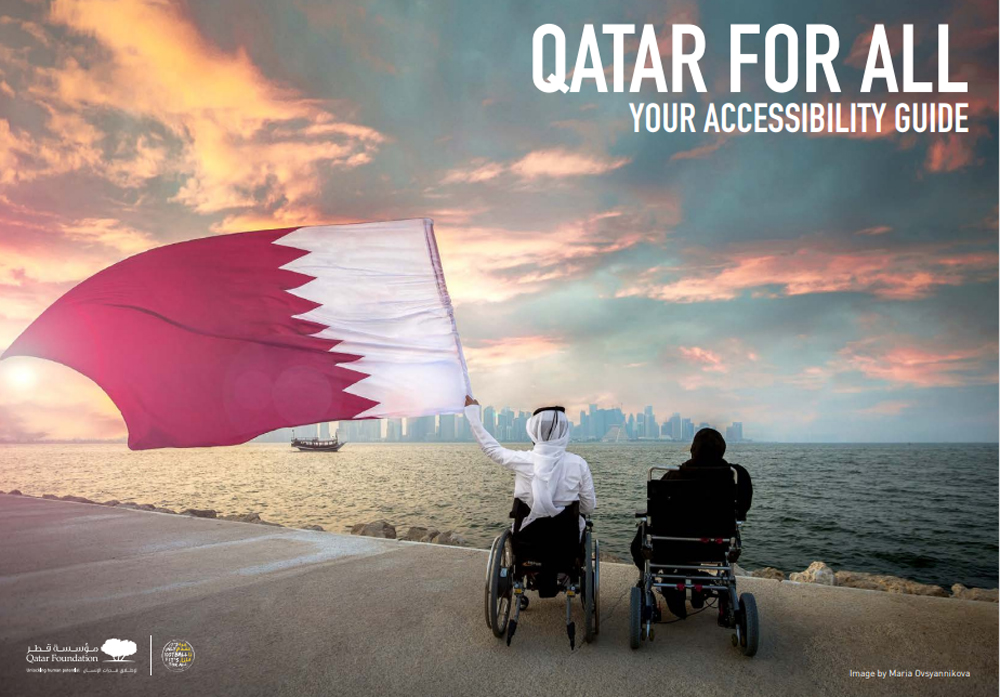


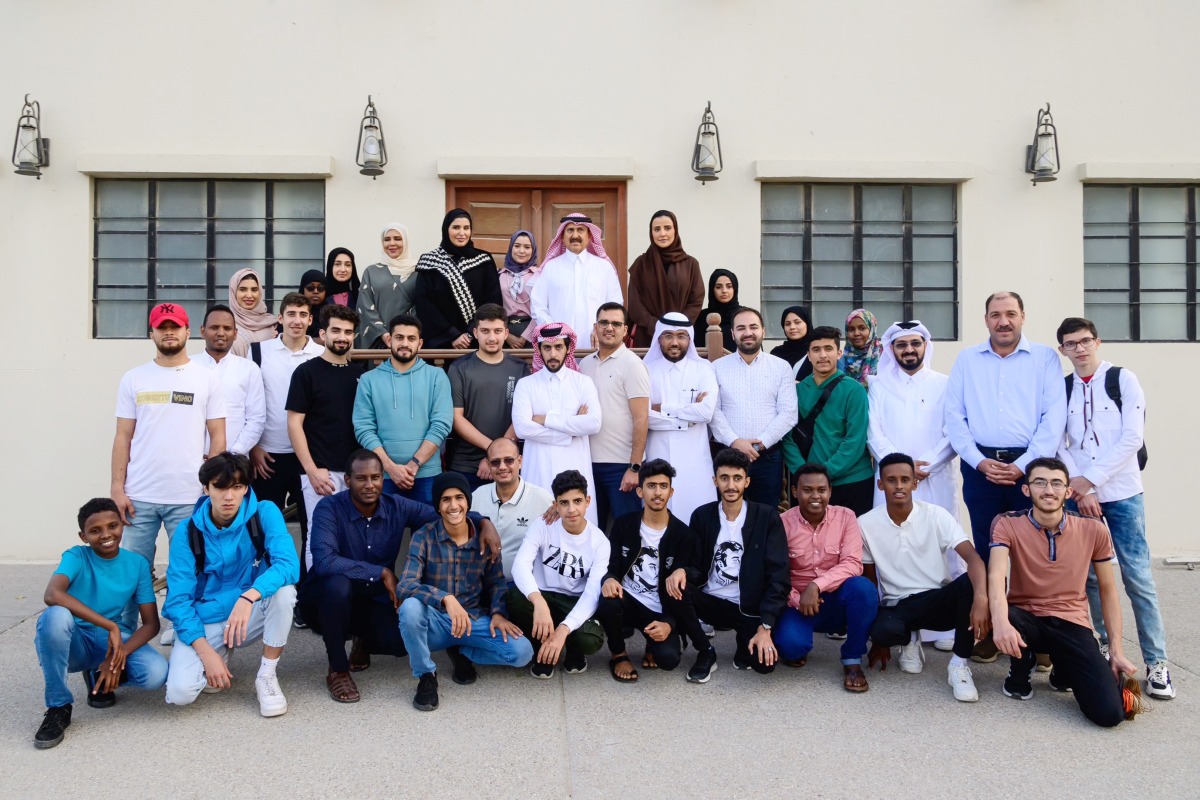
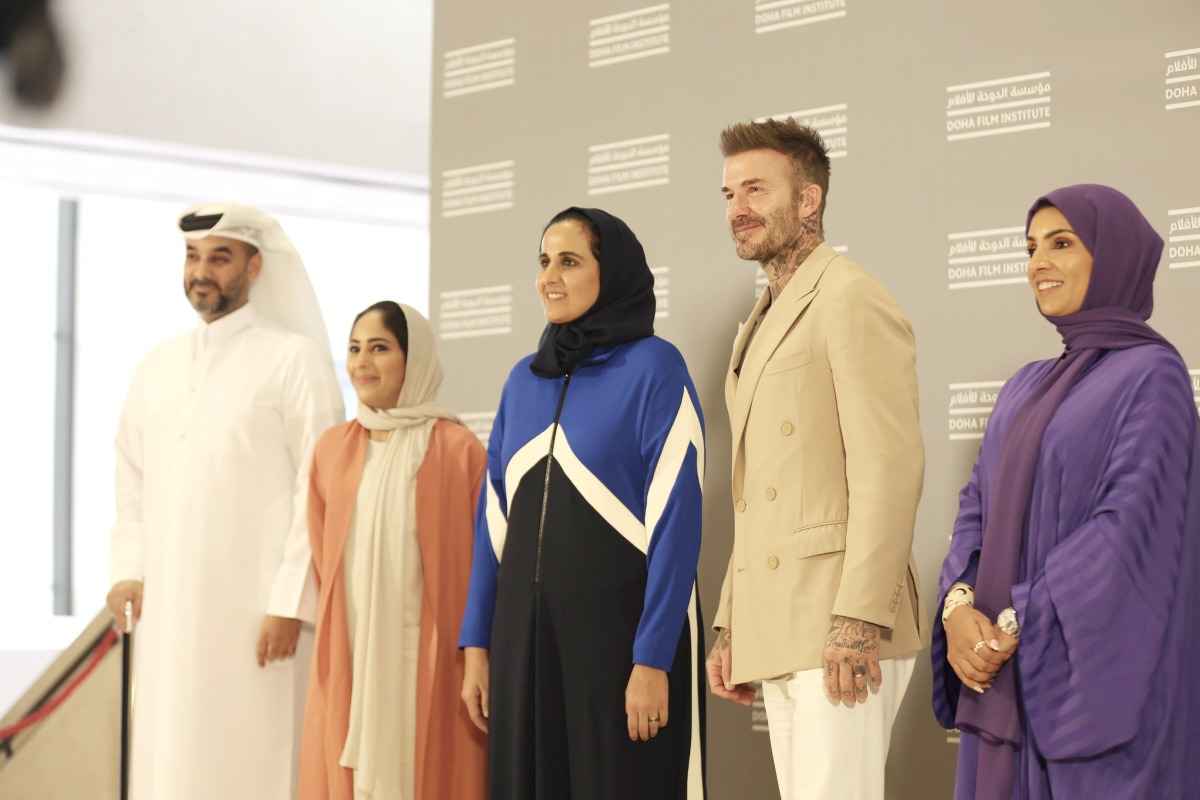
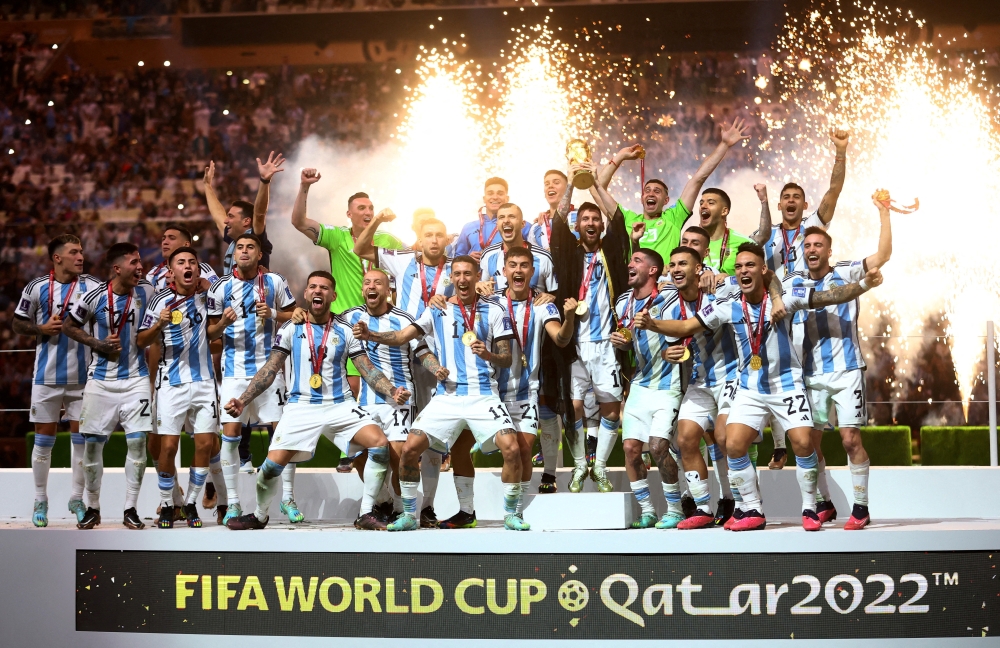




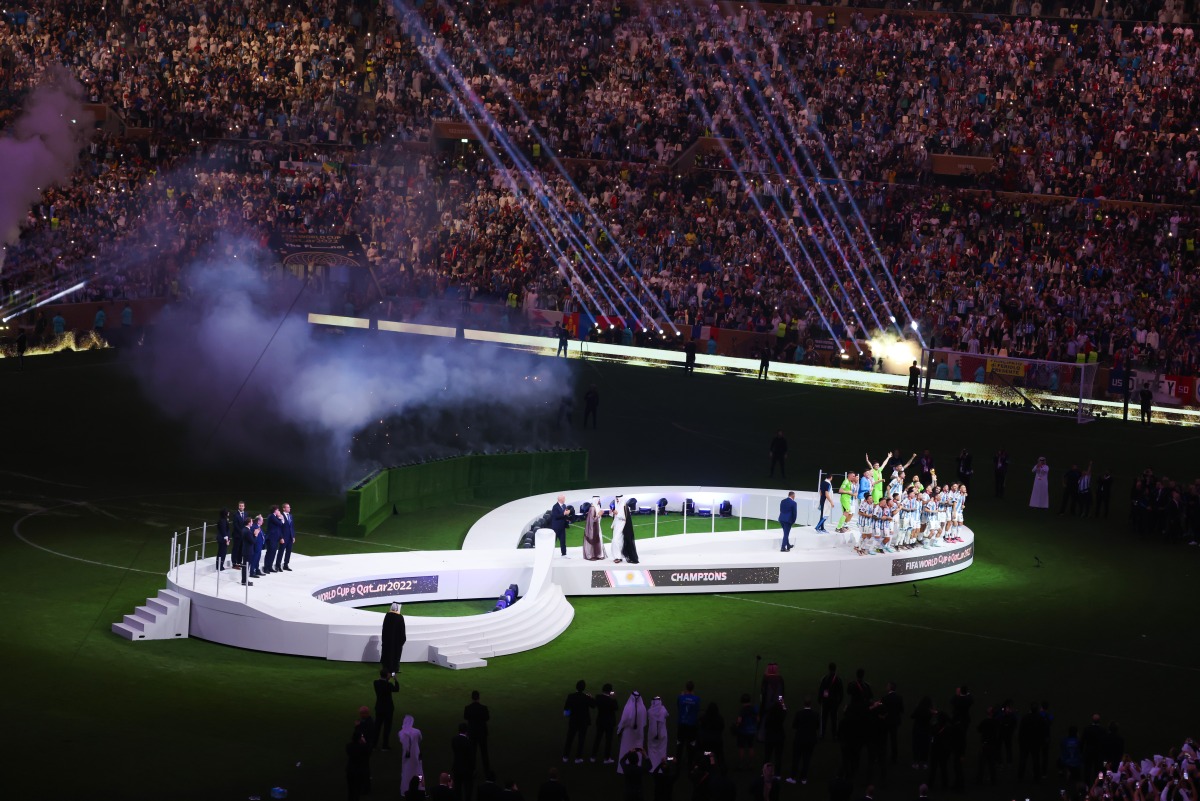

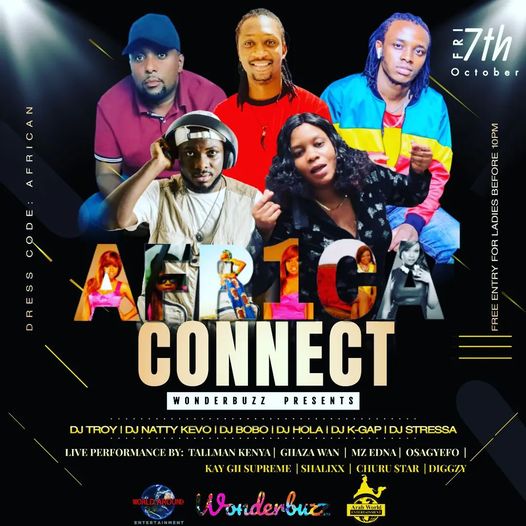
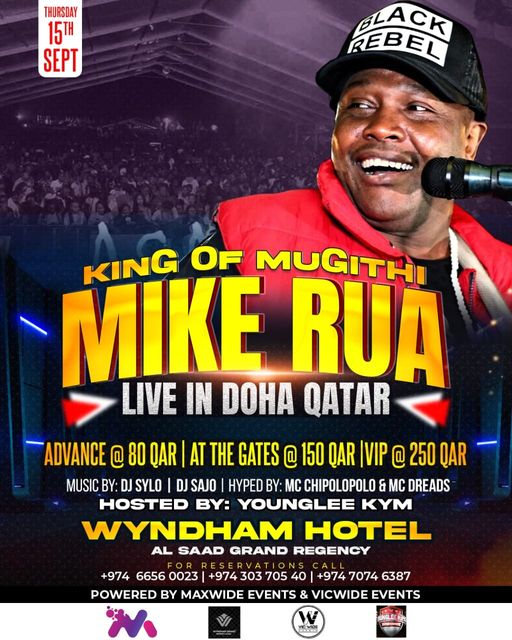

Leave a Reply